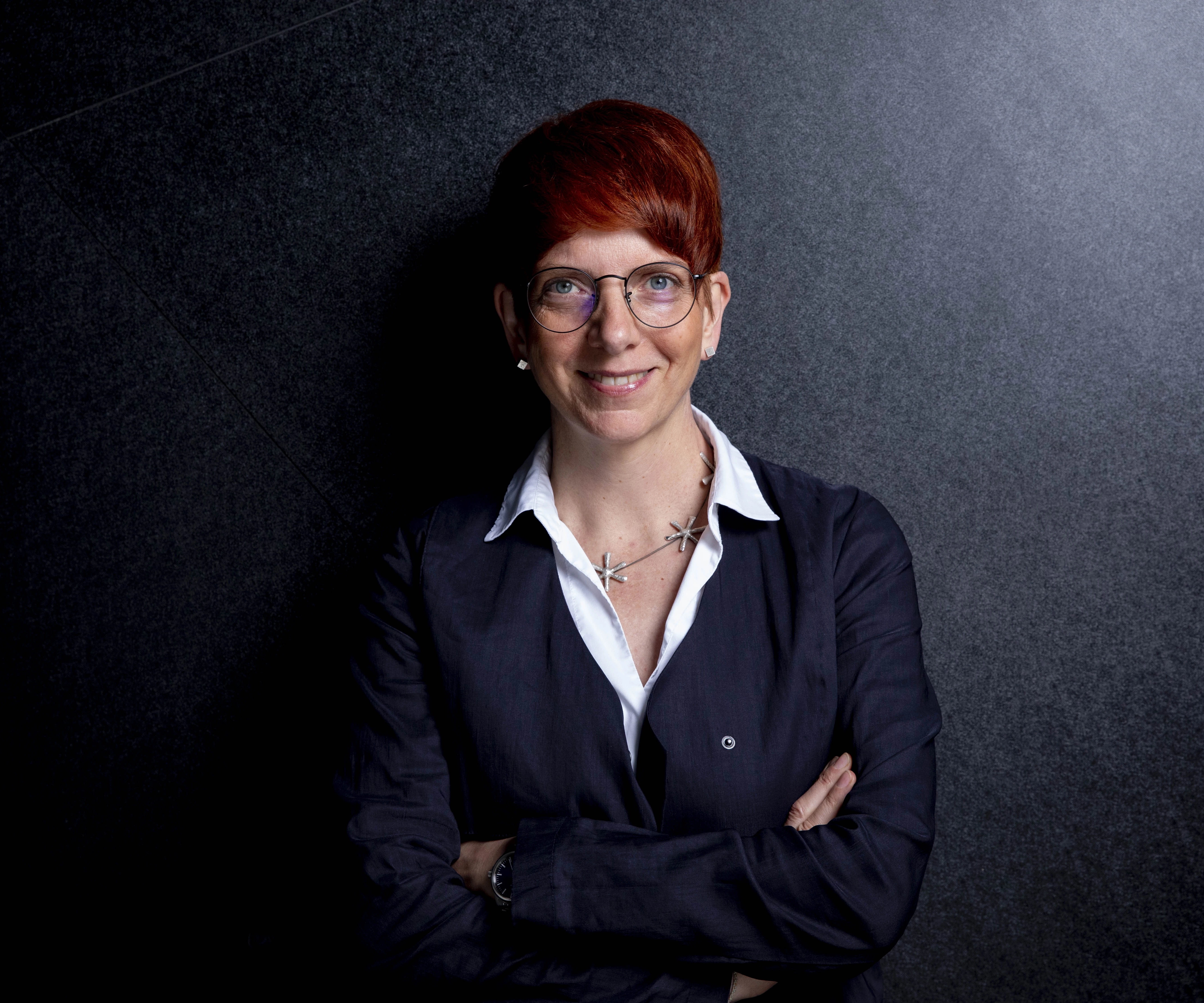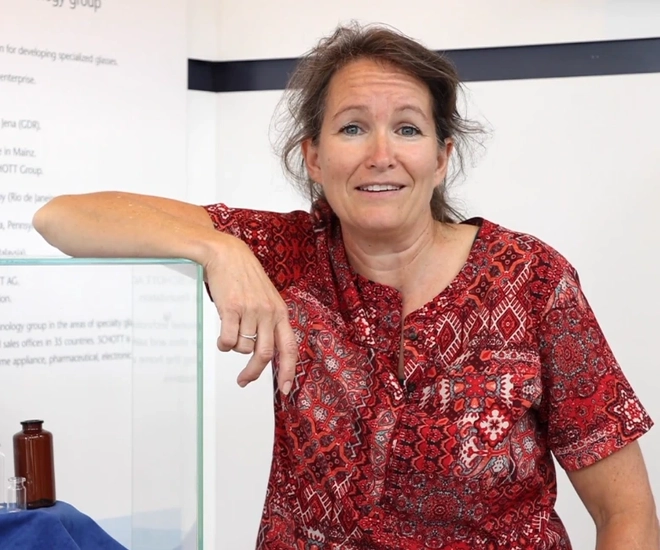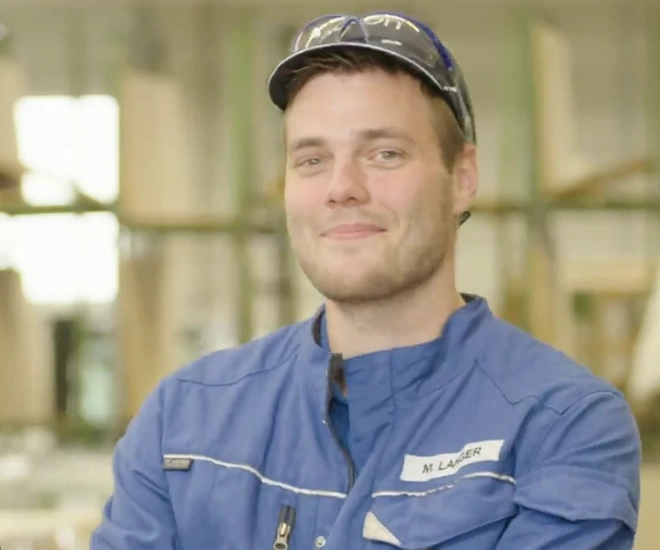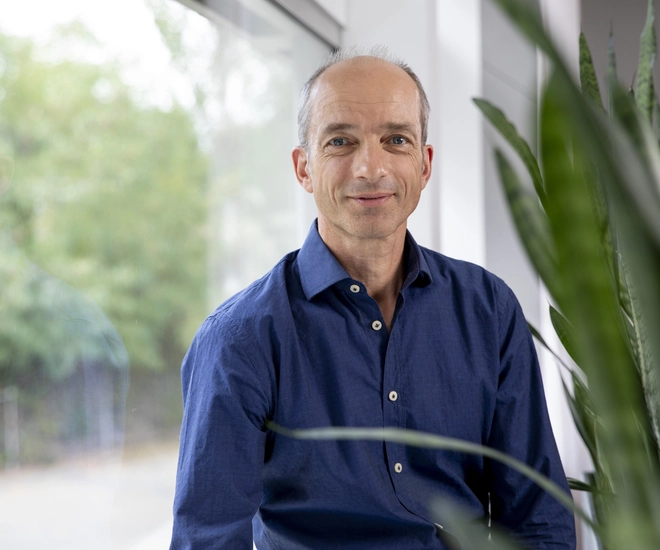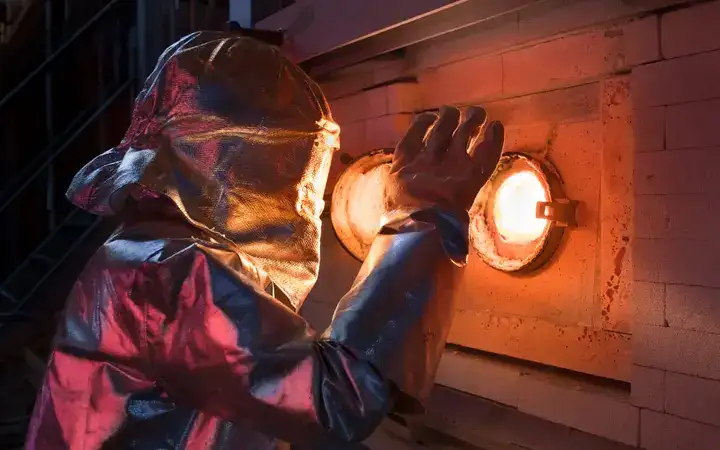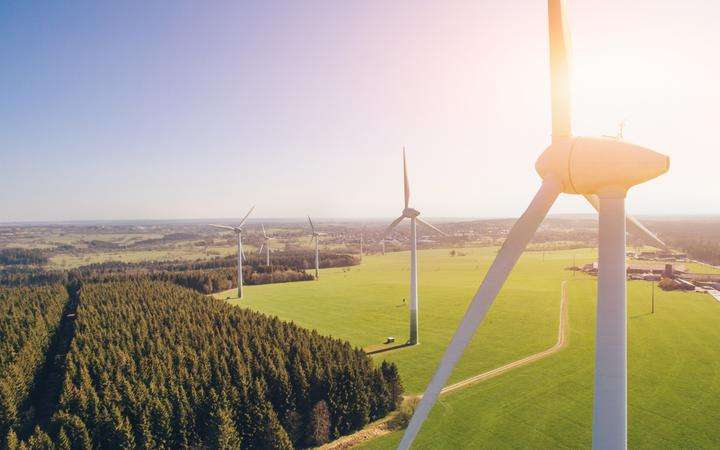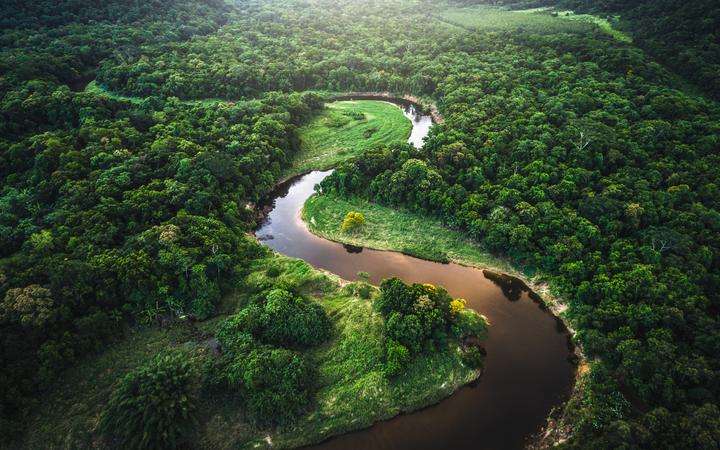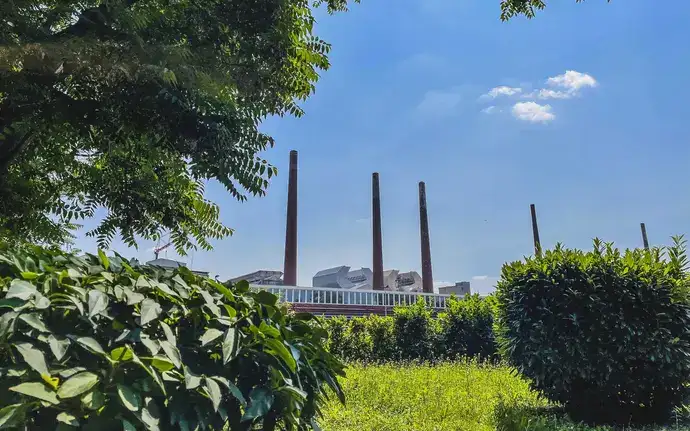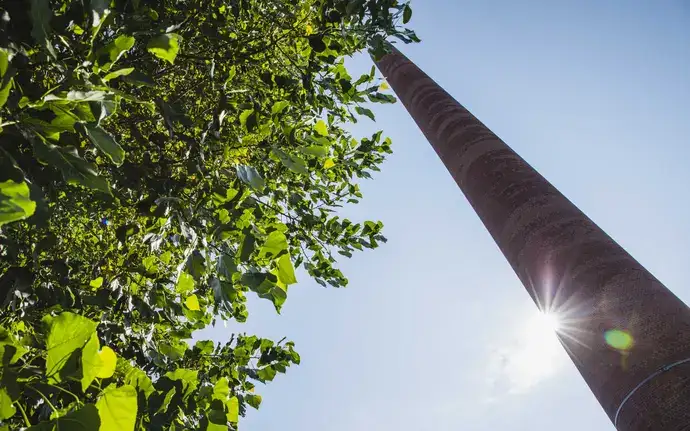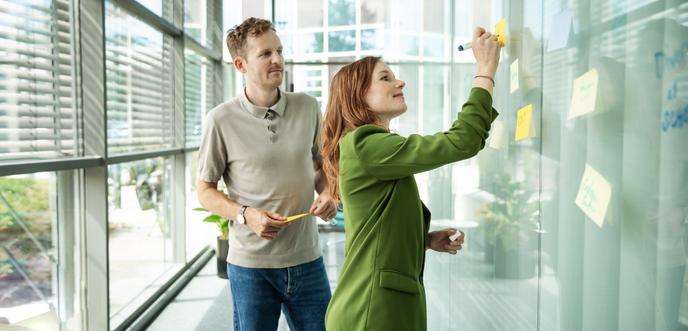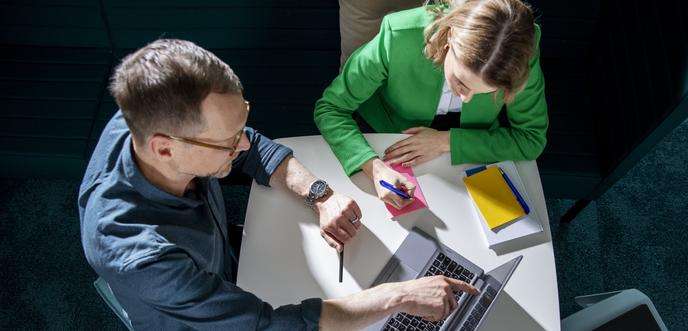
Environmental Responsibility
Towards an ambitious goal
With our goal being climate neutral, we have embarked on a long and challenging journey. But we have already completed the first milestones.Our clear goal: Climate neutral by 2030
As a global specialty glass manufacturer, we are part of an energy-intensive industry with a large CO2 footprint. We want to meet this challenge.Our action plan
On our way toward climate neutrality, we act according to the principle "Avoid - Reduce – Compensate”. Our action plan comprises four fields of action.Technology change
The goal of climate neutrality requires a massive upheaval in glass production. The greatest challenge is technology change, along with the time factor. In the long term, we want to completely abandon the use of fossil fuels as far as technologically possible. In developing new technologies, we are focusing on the most energy-intensive process step of glass melting. Here we are pursuing two main transformation paths: electrification and hydrogen technology. In both approaches, electricity from renewable energies plays a decisive role.
Improvement of energy efficiency
The continuous improvement of energy efficiency and the associated reduction of energy consumption has been an ongoing task for us for decades. As part of our proven energy management system, we are constantly working to identify and utilize energy efficiency potential. New impetus is coming from the digitalization of the melting process and artificial intelligence. With new types of sensors and technology in the field of big data, we can improve the structure of the mass data we collect at the glass melting tanks, analyze it automatically, and use it for process improvements.
100 percent green electricity
It is our goal to use electricity from renewable sources only. Since the end of 2021, we have been covering 100 percent of our electricity requirements worldwide with renewable energies with corresponding certificates of origin. In this context, we attach great importance to high-quality green power certificates that confirm a strong contribution to the energy transition. We have also been using the Power Purchase Agreement (PPA) instrument since 2022, by which we purchase power directly with operators of renewable energy plants such as onshore wind farms or marketers of electricity from such plants.
Compensation for remaining emissions
We offset any remaining climate-damaging emissions by investing in climate protection projects that are certified to strict standards. We started with this in 2020 and are now gradually expanding our offset portfolio. We are focusing mainly on nature-based solutions such as afforestation and reforestation, but also on peatland projects. In 2030, we want to fully offset the emissions that we cannot avoid by then through technological change, further improvements in energy efficiency and the use of green electricity. As a result, we will be a climate-neutral company by 2030.
Corporate Carbon Footprint
Glass production is energy intensive
As a specialty glass manufacturer, SCHOTT is an energy-intensive company. Specialty glasses and glass-ceramics are melted in large melting tanks at temperatures of up to 1,700 ºC. Until now, we have been heating the melting tanks with the fossil fuels natural gas and heating oil, and in some cases with electricity. Glass processing also requires a lot of energy. Due to this total energy demand, our climate-relevant footprint in 2019 was around one million tons of CO2e.
Our calculations are based on the market-based method of the Greenhouse Gas Protocol (GHG). The exact location-based footprint was 641,081.0 tons of CO2e. To calculate our Corporate Carbon Footprint, we consider the emissions of all greenhouse gases. We currently include emissions from our own production (Scope 1 of the Greenhouse Gas Protocol) and from purchased energy (Scope 2) in the calculation. For Scope 3, we also take into account business travel and employee commuting. In the medium term, we want to include the other Scope 3 emissions, which consider emissions in the supply chain. In order to establish comparability in terms of their climate impact, we report greenhouse gas emissions in CO2 equivalents (CO2e).
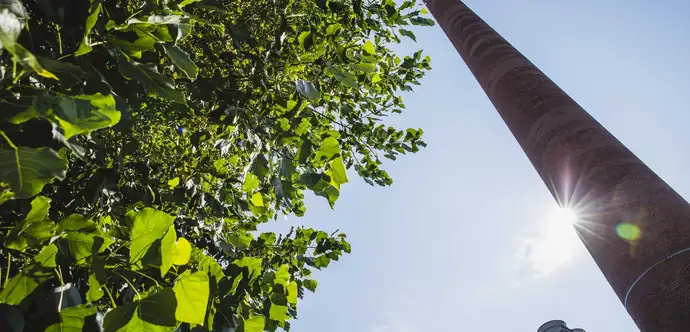
Setting standards
Through the use of state-of-the-art technology and continuous process improvements, we repeatedly set standards in the glass industry when it comes to environmental protection.

Continuous process improvements to reduce emissions and energy and water consumption
Responsible use of valuable resources
Natural resources are finite. We must use them responsibly and conscientiously. We have been reducing our water consumption, waste and emissions for decades.
Our internal recyclables loop is already well developed. We are now driving forward with additional solutions in the circular economy. Together with our customers and processing companies, we are developing the first innovative processes in pilot projects.
We want to make greater use of renewable and recycled materials and close material cycles. Furthermore, we want to reduce our water consumption and waste generation relative to value added.
Our long-term vision is to reprocess products in such a way that they can be reintegrated into the production process in an ecologically and economically sensible way.
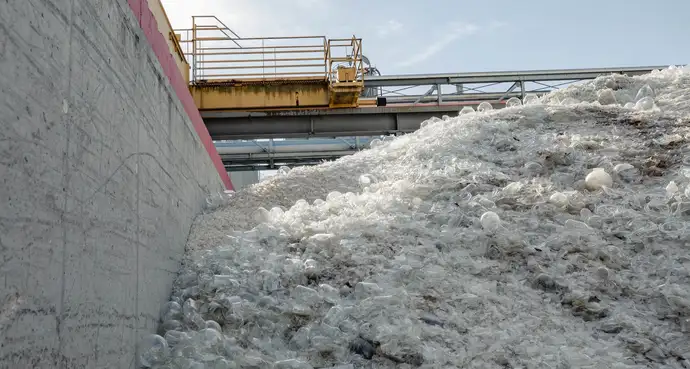
Integrated EHS management system
Since 1995, we have been using an integrated EHS management system to ensure that high standards of environmental protection and health and safety are maintained at all our sites worldwide. It is based on the international ISO standards 14001 (Environmental Management Systems) and 45001 (Occupational Health And Safety).
In the meantime, the EHS standard for material compliance has also been added. These group-wide standards supplement national laws and regulations where it is important to SCHOTT to uniformly regulate relevant compliance topics and define a worldwide minimum standard.

Other key areas of responsibility
Want to know more? Let's talk
If you need more information about our commitment to environmental and climate protection, please contact us.
Contact us